
Cleveland-Cliffs Inc. (CLF)

Is Trending Stock Cleveland-Cliffs Inc. (CLF) a Buy Now?
Zacks.com users have recently been watching Cleveland-Cliffs (CLF) quite a bit. Thus, it is worth knowing the facts that could determine the stock's prospects.
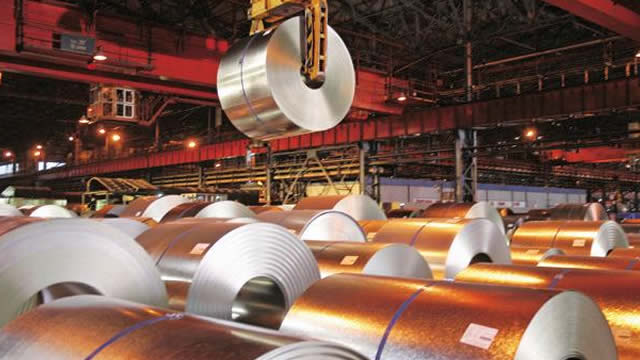
Why Is Cleveland-Cliffs (CLF) Down 16.4% Since Last Earnings Report?
Cleveland-Cliffs (CLF) reported earnings 30 days ago. What's next for the stock?
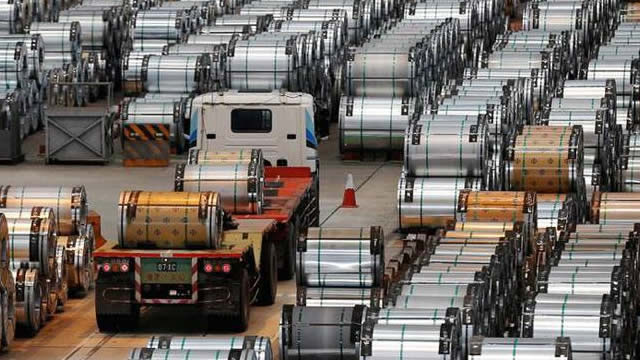
Steel Stock Extends Recovery Amid Emerging Support
Steel stock Cleveland-Cliffs Inc (NYSE:CLF) is up 2.1% to trade at $10.96 this afternoon, enjoying its recent bounce off the $10 level.
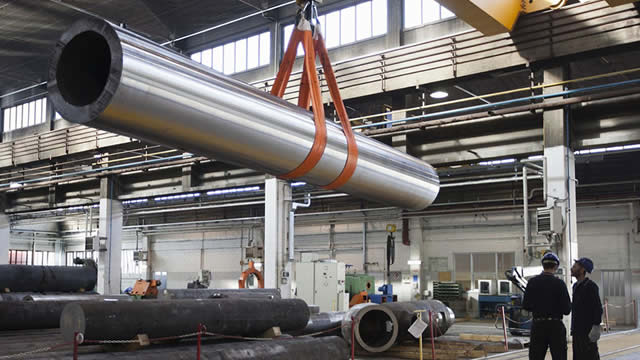
What's Behind Cleveland-Cliffs Stock 25% Drop?
Over the last month, Cleveland-Cliffs (NYSE:CLF) has experienced a decrease of approximately 25% in its share price, a significant decline for a company that had been benefiting from positive trade-policy news and expectations of a revival in automotive-steel demand.

Cleveland-Cliffs Inc. (CLF) is Attracting Investor Attention: Here is What You Should Know
Zacks.com users have recently been watching Cleveland-Cliffs (CLF) quite a bit. Thus, it is worth knowing the facts that could determine the stock's prospects.
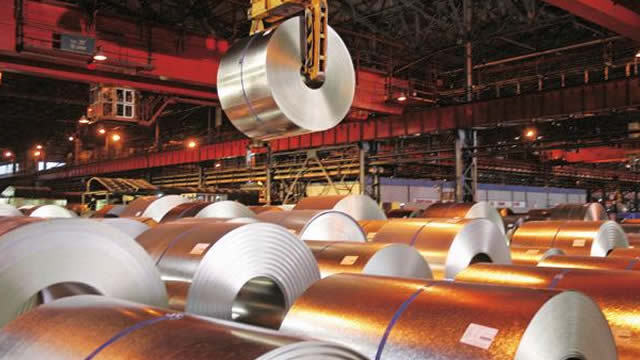
Cleveland-Cliffs Is Pulled By Diverging Macro Forces (Rating Downgrade)
Cleveland-Cliffs Inc. is downgraded to Sell with a $9.33/share target, citing ongoing challenges in U.S. manufacturing and margin pressures. CLF benefits from U.S. steel tariffs, government contracts, and automotive sector agreements, but faces near-term headwinds and market uncertainty. Recent capital raises, debt refinancing, and asset sales aim to deleverage the balance sheet, yet share dilution may reduce shareholder value.
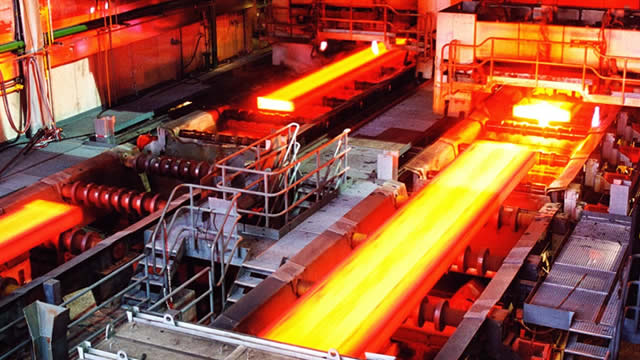
Cleveland-Cliffs Inc. (CLF) Is a Trending Stock: Facts to Know Before Betting on It
Recently, Zacks.com users have been paying close attention to Cleveland-Cliffs (CLF). This makes it worthwhile to examine what the stock has in store.
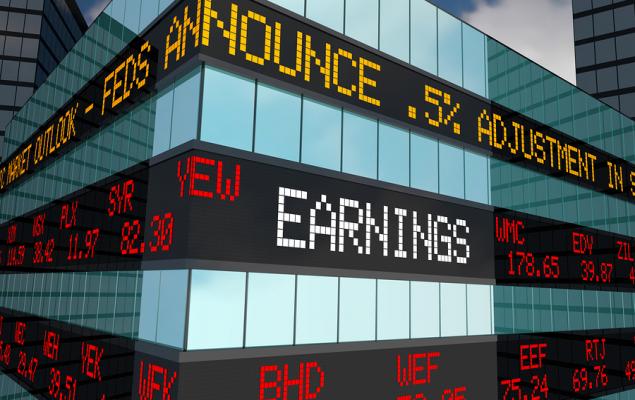
Cleveland-Cliffs Q3 Loss Narrower Than Expected, Revenues Miss
CLF narrows its third-quarter loss despite a revenue miss, trims 2025 capex plans and maintains cost-cutting targets.
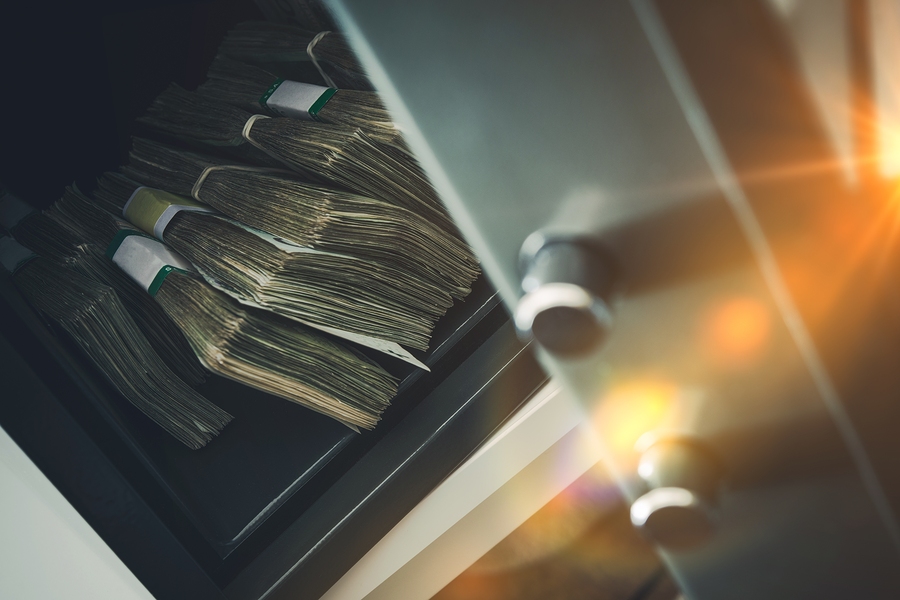
Ride the Rare Earth Stock's Trade Wave?
The hottest trade of late hasn't been in AI, instead, stocks of companies that are engaged in the production or servicing of rare earth minerals and elements have taken the spotlight.

Steelmaker Cleveland-Cliffs Says It Wants to Get Into Rare Earths. Its Stock Is Soaring
Shares of Cleveland-Cliffs (CLF) popped 20% Monday afternoon after it shared some news along with its third-quarter earnings: The steelmaker said it wants to get into the rare earths mining business.
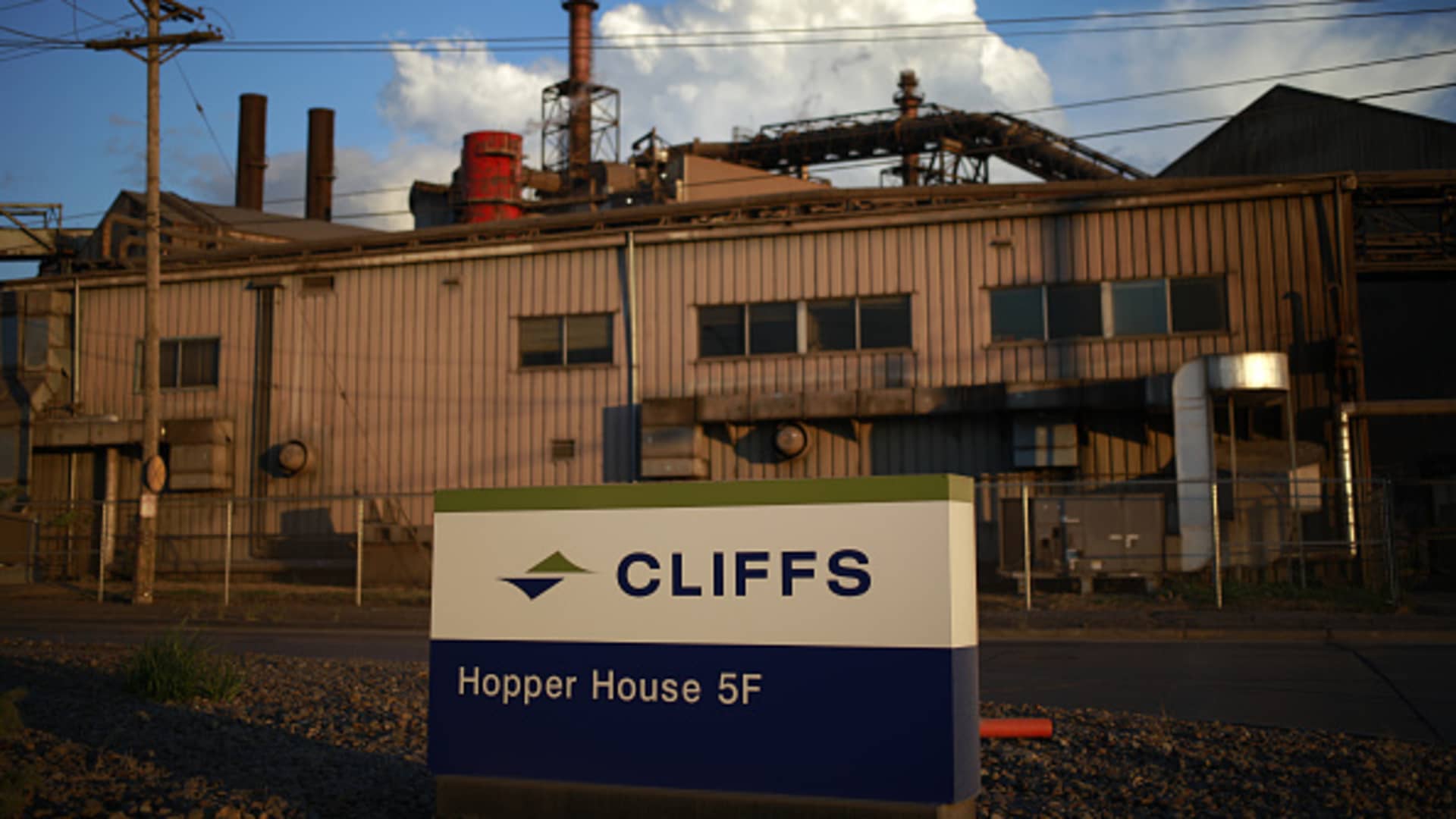
Cleveland-Cliffs shares jump 17% as steelmaker looks into rare earths mining
Cleveland-Cliffs shares jump 17% as steelmaker looks into rare earths mining

Cleveland-Cliffs (CLF) Reports Q3 Loss, Misses Revenue Estimates
Cleveland-Cliffs (CLF) came out with a quarterly loss of $0.45 per share versus the Zacks Consensus Estimate of a loss of $0.48. This compares to a loss of $0.33 per share a year ago.







